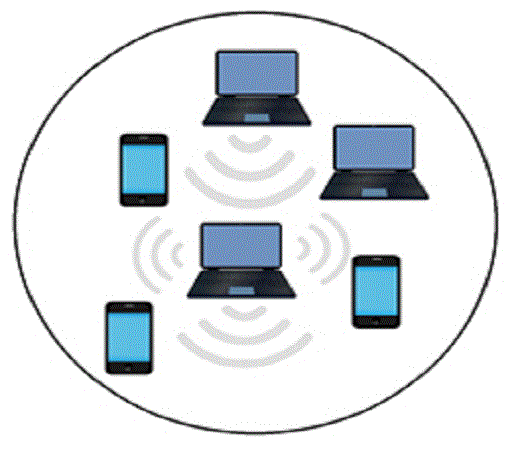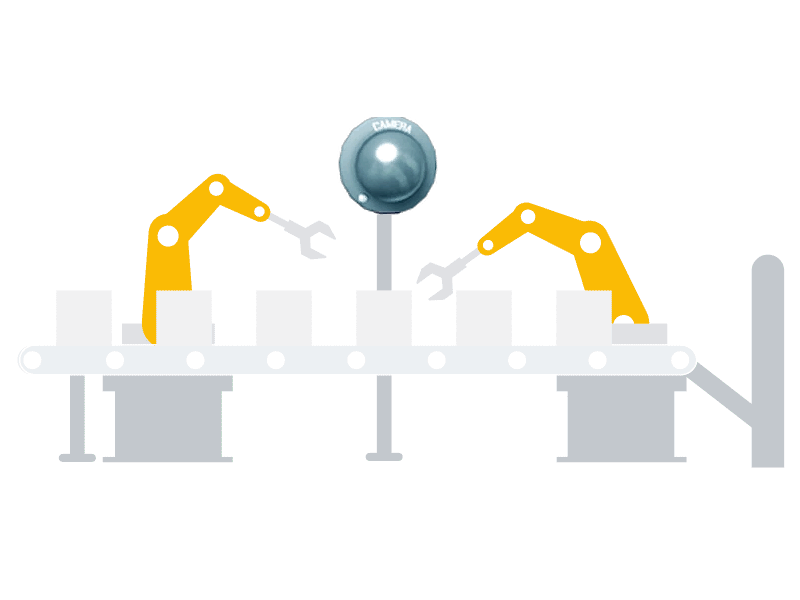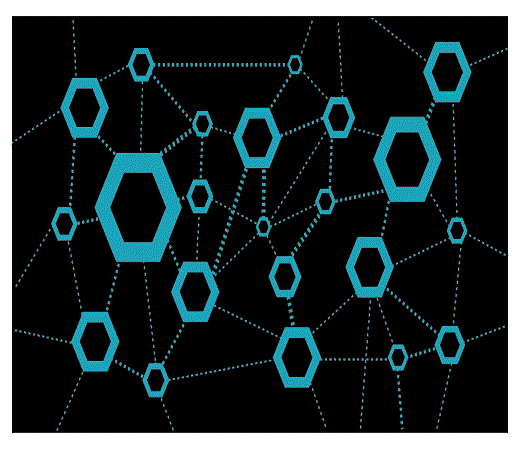Research Blog
Key Aspects of 6G NTN Development
Key aspects of 6G NTN Development until 2025 (Link)
AI/ML Advanced Technologies in 5GC
A tutorial provides an overview of AI/ML advanced technologies in 5G Core (5GC) (Link)
NN-Based Video Compression
Neural Network-Based Methods for Improved Video Compression in VVC/H.266 and HEVC/H.265 (Link)
AI/ML in O-RAN RIC
An introduction for the potential AI/ML applications in O-RAN (Link)
Energy Grid Optimization
An overview for Energy Grid Optimization (Link)
Unmanned Air Vehicle (UAV) Communication
Key technologies for UAV Communication (Link)
Partial Research Interests

Machine Learning
Machine Learning algorithms' performance depends on the quality of the data they use, which can be affected by the communication network used for data collection. This work focuses on developing methods to support ML tasks over communication networks, specifically Next Generation Networks. The proposed solutions aim to optimize data storage, data transmission, and inference computation for ML in different network layers, mainly used in time-dependent and loss-sensitive applications. By addressing these critical challenges, the research has the potential to enhance the performance and efficiency of ML algorithms and unlock new applications and use cases in fields such as autonomous driving, healthcare, and intelligent manufacturing.

Communication Network
Communication network is an indispensable utility of modern society, enabling information exchange between devices. The demand for higher system capacity, faster data rates, lower latency, and improved quality of service (QoS) has driven the development of advanced cellular networks like 5G and 6G. Optimizing a cellular network is crucial to ensure the efficient use of resources and provide a superior user experience. This research focuses on developing optimization algorithms to address and model the fundamental issues in cellular networks, particularly in 5G/6G systems. The research results aim to enhance system capacity, data rate, latency, and QoS, ultimately improving the network's overall performance compared to 4G systems.

Network Applications
Many network-connected devices enable various potential network applications. For example, networked auto-visual inspection is vital in this context, allowing industries to quickly and accurately identify product defects. This study explores the concept of automated visual inspection by separating the detection process from rule-based analysis and applying machine learning technologies to handle incoming uncertainties. The flexibility of this approach is demonstrated through testing the analysis process in a testbed. By leveraging the advantages of learning, this study aims to provide a more efficient and accurate solution to network applications.

Distributed System
Distributed system has become a critical part of modern computing architecture, enabling efficient computation among heterogeneous devices. With the proliferation of mobile and wired networks, the demand for more robust and scalable distributed systems has grown significantly. This research focuses on improving distributed systems through hardware and software advancements, covering dynamic scenarios and users' uncertainty. The solutions aim to reside on cloud infrastructure and end devices, protecting data and control planes. The ultimate goal is to create more efficient and resilient distributed systems that provide seamless access to resources and data across various devices and platforms.
Research Resources
Model Compression
Lecture Notes and Tutorial (Link)
Convex Optimization Modeling
Lecture Notes and Tutorial (Link)
NS-3 Development
Development Setup Tutorial (Link)
